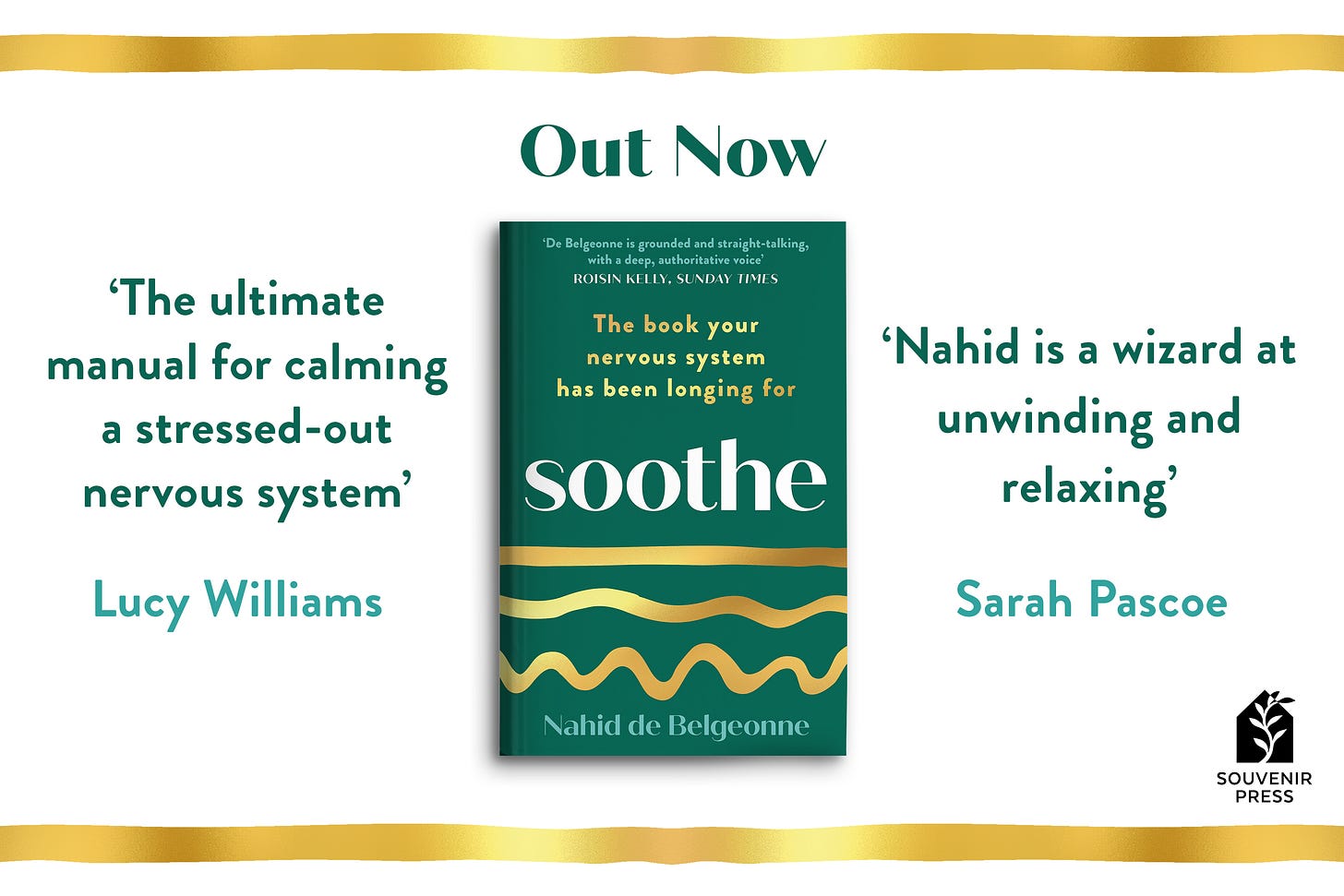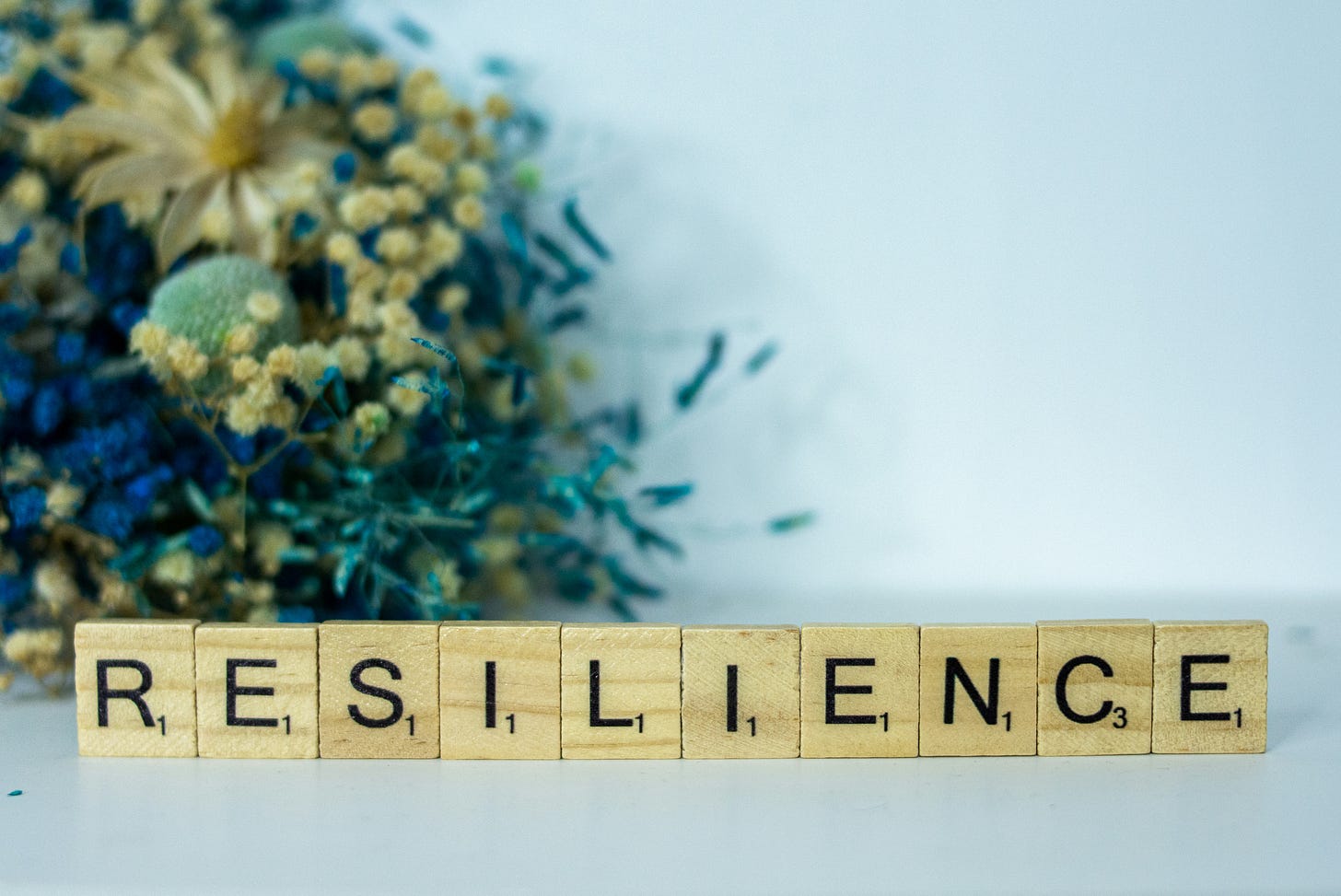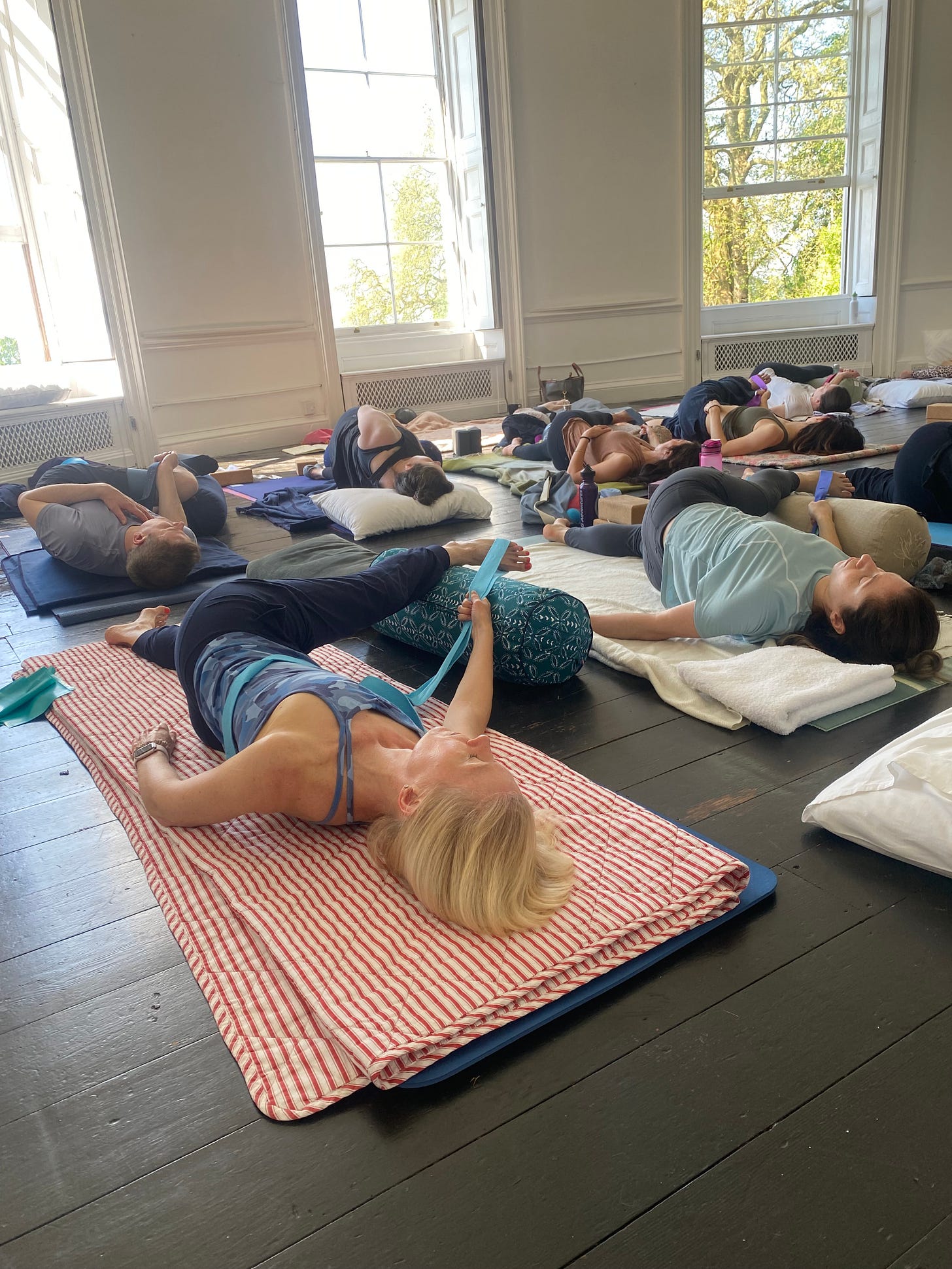I’m an Author and a Somatic Movement Educator. My clients call me the “nervous system whisperer”. If you feel weighed down by responsibilities, lack energy, procrastinate, feel hopeless, and burnt out, I can help you to feel enthusiastic, energetic, hopeful and resilient. I specialise in getting clients through burnout, anxiety, and trauma issues, more info here.
Regulating your autonomic nervous system – the part of your nervous system that governs your involuntary bodily functions, such as heart rate, digestion, respiratory rate, and pupillary response - can have profound effects on overall health, stress management, and emotional well-being.
Your autonomic nervous system has two parts:
Sympathetic nervous system is responsible for action and alertness it activates during threatening or stressful conditions, providing an automatic response. I prefer to call it your go part, it’s less emotive.
Parasympathetic nervous system - this part is responsible for the rest, repair and digest response. I prefer to call this your no-go part.
Here are TEN ways to regulate your nervous system, along with an explanation of why each one works:
Breathwork
How It Works: Controlled breathing techniques can significantly influence the autonomic nervous system. Techniques like lower breathing, alternate nostril breathing, and slow exhalations are particularly effective.
Why does it work? Breathing exercises stimulate the parasympathetic nervous system by enhancing the activity of the no-go part, leading to decreased heart rate and blood pressure. Research indicates that slow, deep breathing can increase heart rate variability (HRV), a key indicator of nervous system balance and resilience. This modulation of the nervous system helps in reducing stress and anxiety levels, promoting a state of calm and relaxation.
2. Progressive Muscle Relaxation (PMR)
How It Works: PMR involves systematically tensing and then relaxing different muscle groups in the body. This technique promotes awareness of physical sensations and helps to release muscular tension.
Why does it work? By intentionally tensing and then releasing muscles, PMR activates the no-go part of your nervous system, which helps to counteract the stress-induced activation of the sympathetic nervous system. Studies have shown that PMR can reduce cortisol levels and decrease anxiety, leading to an overall state of relaxation. It works by enhancing bodily awareness and reducing the physical manifestations of stress.
3. Proprioceptive Activities
How It Works: Proprioceptive activities involve movements that provide sensory feedback about the position and movement of the body, such as balancing exercises, deep pressure activities (like weighted blankets), and joint compressions.
Why does it work? These activities engage the body's proprioceptive system, which is closely linked to the nervous system. Proprioceptive input can help calm an overactive nervous system by providing grounding sensory feedback, which promotes a sense of stability and calm. This input can enhance no-go nervous system activity, reduce anxiety, and improve emotional regulation.
Bathing (Shinrin-yoku)
How It Works: Forest bathing, or spending time in nature, particularly in forests, can significantly impact the nervous system.
Why does it work? : Exposure to natural environments has been shown to reduce cortisol levels, lower blood pressure, and improve immune function. The sensory experiences of the forest—sights, sounds, and smells—help to reduce sympathetic nervous system activity and increase parasympathetic activity. Phytoncides, natural compounds released by trees, have been found to boost the immune system and contribute to a state of relaxation. This practice has been supported by numerous studies indicating its effectiveness in promoting mental health and reducing stress.#
Grounding Exercises
How It Works: Grounding exercises involve connecting with the earth physically, such as walking barefoot on grass, sand, or soil, or focusing on the physical sensations of the body in contact with the floor, a wall or a surface that you can feel against you.
Why does it work? Grounding has been shown to positively affect the autonomic nervous system by reducing the go part of your nervous system and increasing no-go activity. Research indicates that physical contact with the earth can lead to reductions in inflammation and improvements in immune response. Grounding helps in lowering stress levels by promoting a sense of physical and emotional stability.
6. Somatic Movement
How It Works: Somatic movement focuses on feeding new information to your brain. it involves noticing and tracking physical sensations and allowing the body to find alternate ways to release the locked movement patterns that are linked to the emotional issue. To be clear you do not store emotions in your body, but your muscles and soft tissue might be locked in the pattern of that emotion.
Why does it work? Trauma and stress can lead to dysregulation of the nervous system, often keeping your body in a state of freeze. Somatic movement helps to gently release this stored pattern and restore nervous system back to a healthy state of neither being locked in go or no-go. Studies have demonstrated its effectiveness in reducing symptoms of post-traumatic stress disorder (PTSD) and improving overall emotional regulation. It works by facilitating the body’s natural ability to self-regulate and return to a state of equilibrium.
7. Singing, Humming, and Chanting
How It Works: Engaging in activities that involve the vocal cords, such as singing, humming, or chanting, can activate the parasympathetic nervous system.
Why does it work? These activities stimulate the no-go part of your nervous system through the act of vocalisation. The vibrations created by singing or humming send signals to the brain that help reduce the heart rate and relax the body. Studies have shown that chanting and singing can increase HRV and reduce cortisol levels, thereby aiding in stress management and nervous system regulation.
8. Body Scan Meditation
How It Works: Body scan meditation involves mentally scanning through different parts of the body, paying attention to physical sensations without judgment.
Why does it work? This practice enhances interoceptive awareness (awareness of internal body sensations) and activates the parasympathetic nervous system. By focusing attention on the body, it reduces the activity of the default mode network (DMN), a brain network associated with mind-wandering and self-referential thoughts. Research indicates that body scan meditation can lower stress, improve emotional regulation, and increase mindfulness, all of which contribute to nervous system regulation.
9. Restorative Rocking
How It Works: Rocking involves inducing mild, controlled shaking or rocking.
Why does it work? Rocking activates the body’s natural tremor mechanism to release deep-seated tension and stress. This process can help reset the nervous system by reducing the go part of overactivation and enhancing no-go response. Research has shown that rocking can effectively reduce symptoms of stress, anxiety, and trauma by allowing the body to release accumulated stress and restore a sense of calm and balance.
Community – when your stress hormone, cortisol, rises, so too does oxytocin, the cuddle hormone. This is your prompt to seek like minded community. when you do, social interactions continue to trigger the release of oxytocin, a hormone and neurotransmitter that plays a significant role in social bonding and stress regulation. Oxytocin can help reduce the activity of the amygdala, a brain region involved in the stress response, thereby promoting a sense of calm and safety.
Why this works: Studies have shown that oxytocin release during positive social interactions can decrease anxiety and stress responses. For example, a study in 2009, demonstrated that oxytocin administration led to reduced amygdala activity and increased social behaviour, indicating a direct link between social interaction and stress regulation.
Wired, Tired, Insomnia, headaches, muscle pain, increased irritability, mood swings, overwhelmed, helpless, detachment or disengagement, cynicism and a negative outlook? Does this sound like you? Come and join The Soothe Programme.
I am looking for six new clients in July for the BETA version of The Soothe Programme, an online 12-week course of self-paced sessions and live check-ins for powerful results. I am running the beta version of this course on a new platform at a discounted price which is under half of the eventual price - £1500 if you book now - while I figure out the new platform. I am proud of the content which will help you to regulate your nervous system but I’m looking for new clients to trial the platform as I build the course and finesse it. It’s already getting great results from clients who have already signed up.
The next intake will be on Thursday 18th July - please let me know if you would like to join us, send me an email with a YES and I will send you the details.
I also offer this as a tailored course of one-to-one sessions. Book an initial call to find out how we can work together.
The London Soothe Day Retreats
If you are feeling broken, tense, tired and despondent, book your place on The London Soothe Day Retreats to recover, recalibrate, restore, release and reset. You cannot be in mental turmoil if your body feels released and safe, that’s the basis of the Soothe approach. We use movement to rewire your brain.
Book in advance for your early bird discount two months before each day retreat, email me for the promo code for £25 off by 14th July for the 14th September retreat.
The Soothe Week in Lefkada next year in 2025 - is now taking bookings.
For paid subscribers, I’ll drop a lesson to soothe your heart in times of anguish over the weekend.
I’m off to NY and LA in late September / early October to promote the US edition of my book Soothe, as well as teaching press and influencers - I want to teach one-to-ones and workshops to fund my trip, I need a venue and to promote it, can you help? Please get in touch if you want a session or can help me with a venue in one or both locations. I also need a place to stay, know anywhere good and what must I see while I am out there..? Let me know!
Thank you for reading.
Stay human,
Nahid x
Keep reading with a 7-day free trial
Subscribe to Soothe with Nahid de Belgeonne to keep reading this post and get 7 days of free access to the full post archives.










